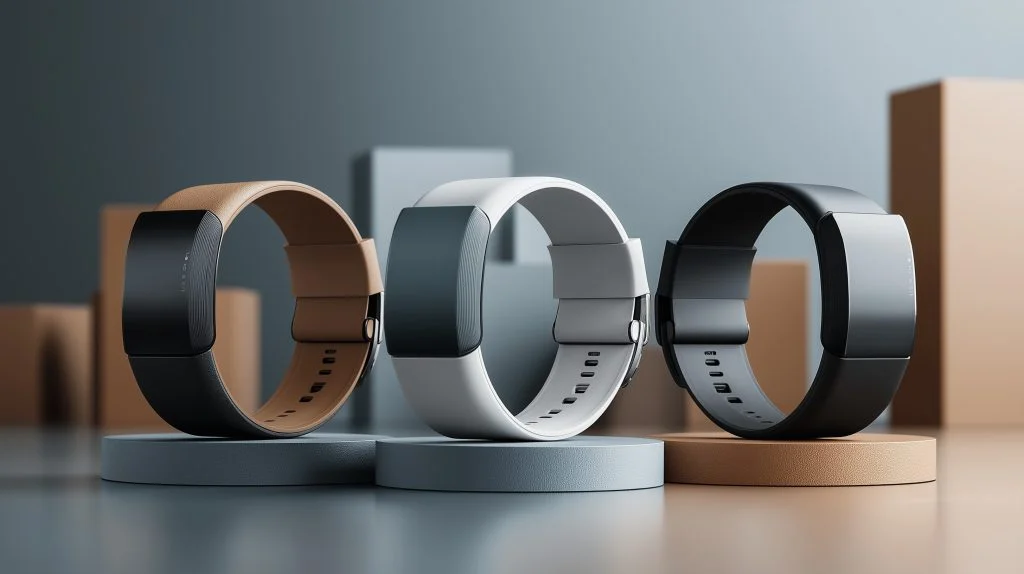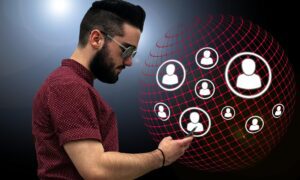In 2020, Apple launched a groundbreaking accessibility feature on iOS—Sound Recognition—enabling users with hearing impairments to receive real-time alerts about critical environmental sounds such as sirens, alarms, or doorbells. The technology operates using on-device Artificial Intelligence (AI) to detect specific audio signatures and deliver haptic or visual notifications, helping users navigate public and private spaces more independently and safely.
However, years earlier, a team of young innovators in Bulgaria explored the core premise behind this now-standardized feature. In 2016, as part of a national youth innovation program, Teodor Zhekov led a project that developed an AI-powered wearable solution to identify and categorize environmental audio cues in real time. The project’s goal was simple but technically ambitious: to deliver non-auditory alerts, via vibration and screen flash, for people with hearing impairments based on real-time sound classification.
This prototype anticipated the use case now addressed by Apple’s Sound Recognition and design principles that have since become central to human-centered AI: edge computing, real-time responsiveness, and inclusive UX/UI.
The innovation was awarded first place in the Junior Achievement Bulgaria Social Innovation Challenge, a juried national competition supported by NN Bulgaria and European innovation networks. Judges cited its technical feasibility and strong societal value, particularly for underserved populations.
The award received coverage in the national press, further affirming the project’s public relevance and recognition. This early acknowledgment by independent evaluators and media outlets highlights the work’s broader significance, not just as a student prototype, but as a forward-looking contribution to accessible AI design.
In many ways, Zhekov’s early-stage work served as a proof of concept for a category of tools that would gain prominence only years later. At a time when voice assistants and cloud-based recognition were in their infancy, his team was already exploring resource-efficient, privacy-aware alternatives, a vision that mirrors current best practices in accessibility design.
What’s particularly noteworthy is how this early academic and social innovation foreshadowed developments that were later industrialized by one of the world’s leading tech companies. While there is no indication that Apple directly adopted the prototype’s IP, the convergence of design, intent, and functionality speaks to the originality and foresight of Zhekov’s work.
The story of this early sound recognition prototype reminds us that major contributions often originate outside of formal institutions, sometimes years before the market catches up. Zhekov’s work demonstrates how academic ingenuity and user-centric thinking can prefigure, and possibly inspire, commercial breakthroughs at the highest level.





























